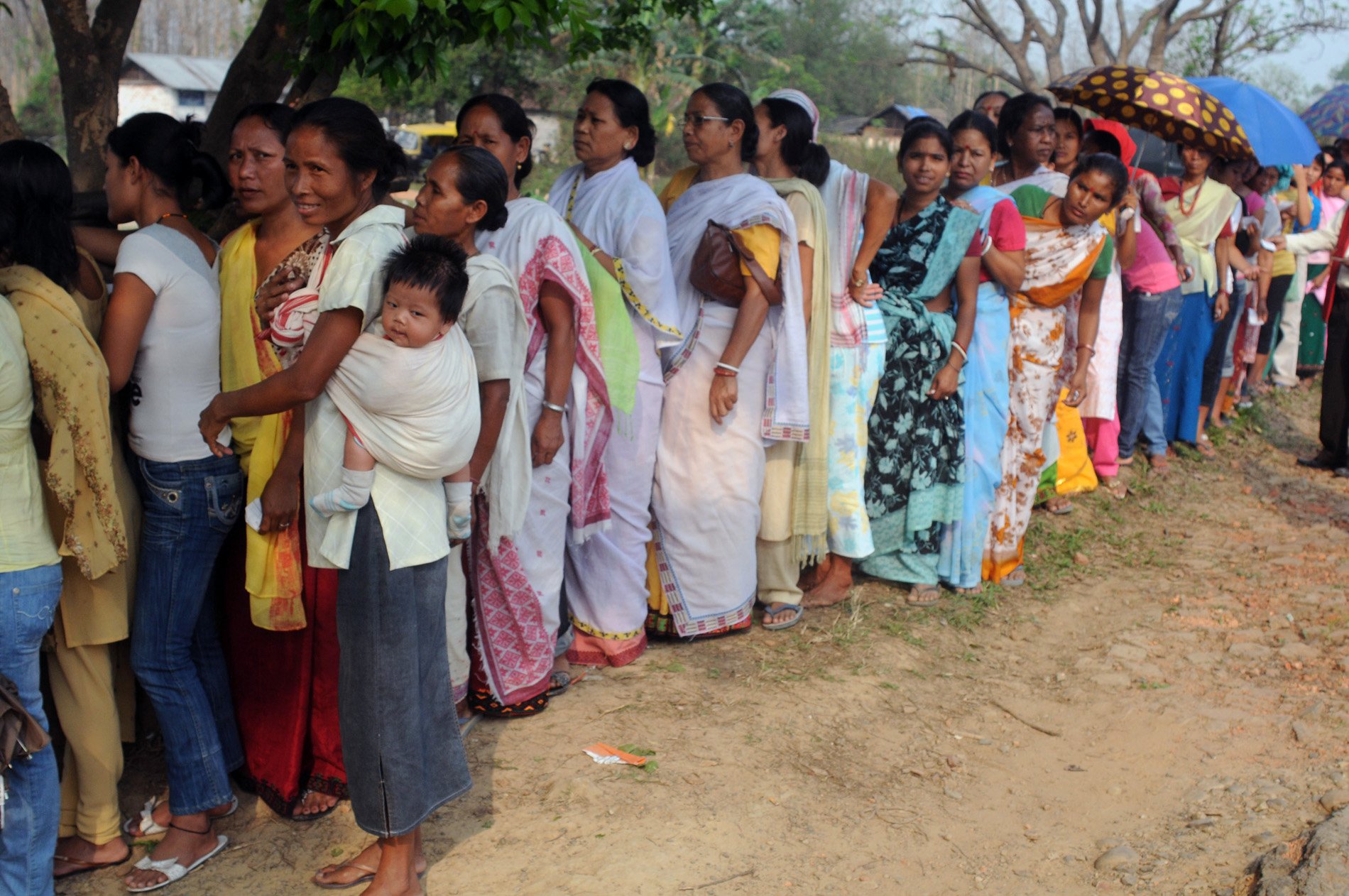Photo Courtesy of Public.Resource.org via Flickr.
By Maahi Jaiswal ’24
Staff Writer
2024 is a big year for elections — and India is leading the charge.
64 countries are holding national elections, and approximately half of the global population is set to vote sometime this year, Time magazine reported. According to Associated Press, the largest of these elections is underway in India, as the first phase of voting began on April 19 for India’s lower house of Parliament.
With almost 970 million registered voters, the voting has been spread out over a six-week period, and votes will be counted on June 4.
India has a parliamentary democracy, meaning that leaders are elected from specific constituencies to the legislature, better known as the Parliament, and the party with the majority forms the government, The New York Times reported. States are split up into different constituencies based on population level, and each constituency elects one leader for the parliamentary seat.
With multiple parties eligible to run, 543 seats are up for grabs. Of these, the coalition of parties that holds the majority in the legislature can appoint one of the candidates as prime minister, according to The New York Times.
The main contenders in this election are the Bharatiya Janata Party and the Indian National Congress party. While there are multiple strong regional parties, the BJP and INC have been the real competition on the national level, CNN reported. The BJP is the incumbent party, having had great electoral success in 2014 as well as 2019. According to The New York Times, their leader, Prime Minister Modi, is seeking a third term.
However, the INC, which was influential in national politics following India’s independence from Great Britain, is seeking to challenge Modi’s greater popularity and initiatives. Many have seen him as a promoter of a Hindu-first nation, excluding minorities in the country.
According to The New York Times, the INC ruled for many years to varying degrees until the 2000s but failed to get seats in the 2019 election as it did not propose an original ideological shift that was not based on opposing the BJP.
As the opposition party has grown weaker, this election will test whether or not the INC can make a strong comeback. Nonetheless, the BJP is likely projected to come back, as the party has been able to appeal emotionally to the majoritarian Hindu base of the populace.
Many pride Modi for doubling the size of the economy and expanding India’s stock market. However, income inequality has widened, The New York Times reported.
The BJP has also faced opposition from rights groups, as they state that democratic institutions are being undermined and dissent being censored. In this election, the BJP is running on a manifesto focused on employment and development programs for women and young people to eradicate poverty, according to CNN.
On the other hand, the alliance of opposition parties is focused on protecting freedom of speech and religious beliefs. As people head to the polls, their decisions will be critical to establishing India’s path forward.

